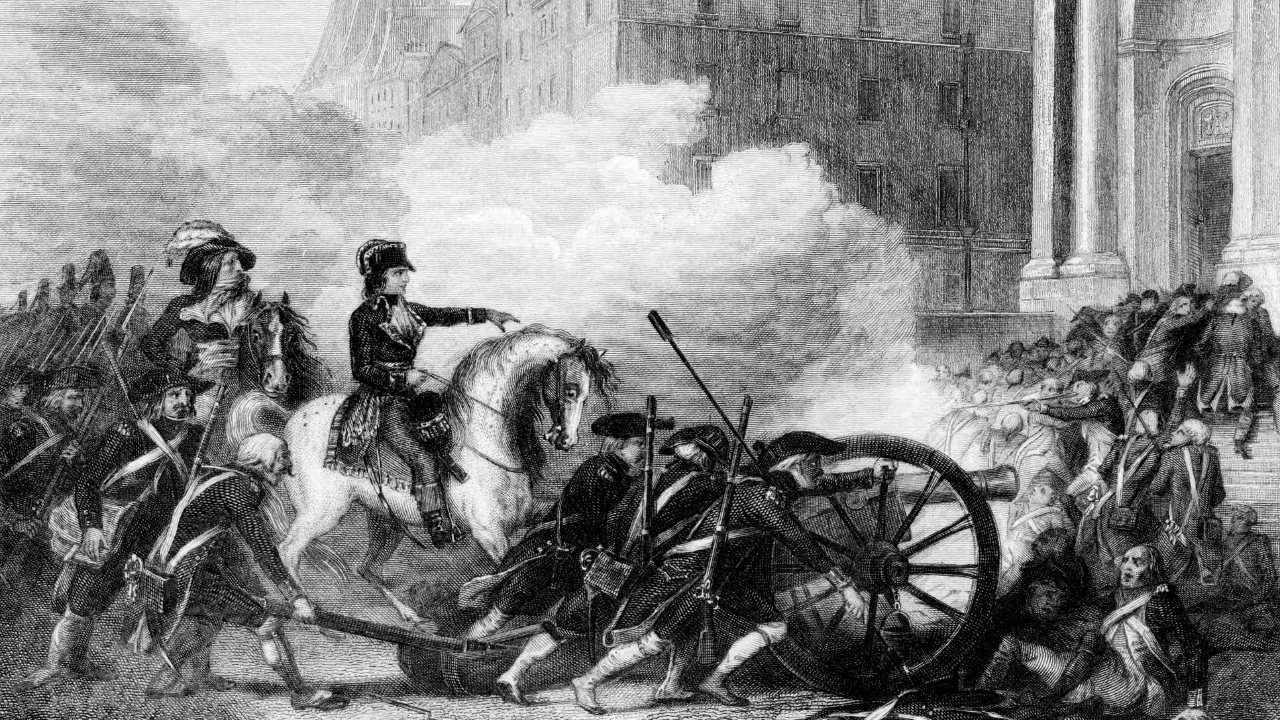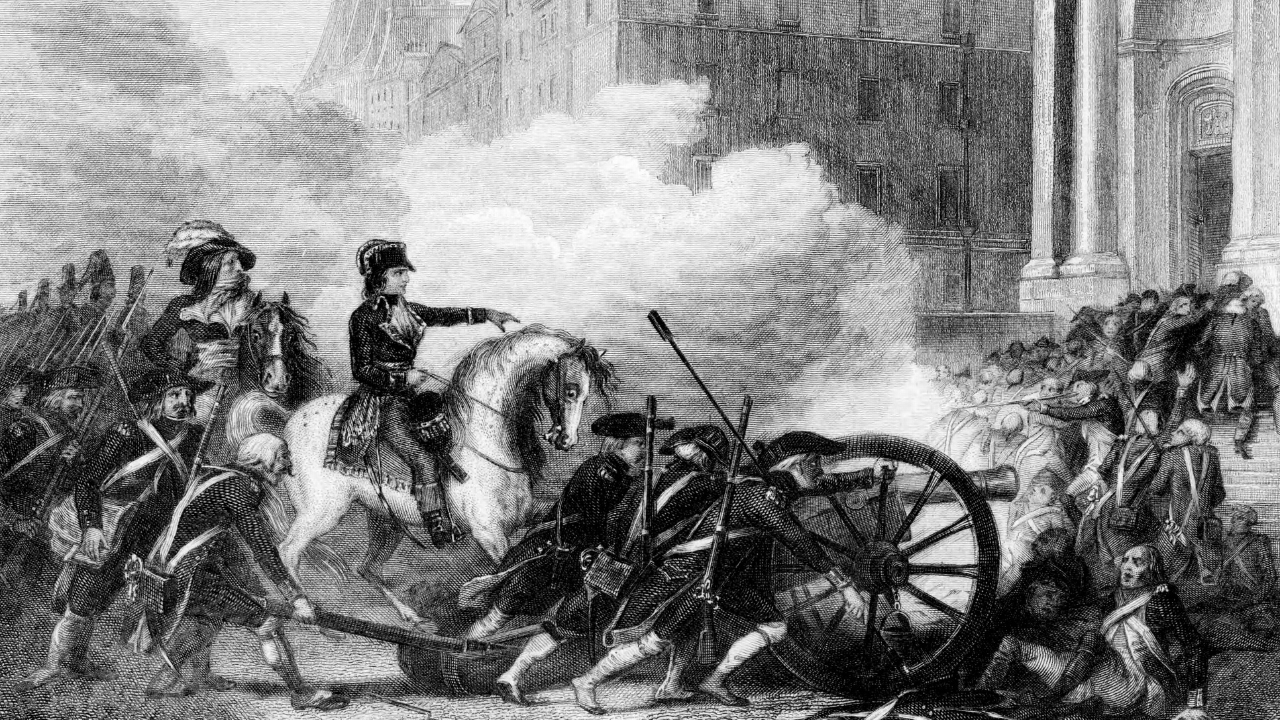Part 2: “Historical Traditions” and the Right to Bear Arms
Contributing Author:
Criminal Defense Attorney Preston Edwards

Second Amendment:
A well regulated Militia, being necessary to the security of a free State, the right of the people to keep and bear Arms, shall not be infringed.
In this new era of the United States Supreme Court, one topic in particular has been experiencing a tremendous amount of litigation: an individual’s right to bear Arms under the Second Amendment. Starting with the landmark ruling of New York State Rifle & Pistol Ass’n, Inc. v. Bruen, 142 S. Ct. 2111 (2022), the Supreme Court held that no regulation of firearms was appropriate where it did not exist in the history and tradition of the right itself.
How Far Back in History is “Traditional?”
The right, as the Supreme Court analyzed, extended back to its roots from the 1600s in England. The Supreme Court determined that the Second Amendment was simply a codification of a pre-existing right, and that right had to be analyzed in that proper context. However, if the Supreme Court truly wanted to track the history of the ownership of firearms in the history and tradition of Western Civilization, it is inarguable that the right originated during the reign of the Roman Emperor Diocletian. Diocletian instituted a concept known as the “limitanei.” These limitanei were nothing more than local militias that were armed due to the rise of the Germanic tribes who constantly invaded Roman territory.
This concept carried over into medieval England and proliferated among the culture. At the time, Viking raids were becoming more and more problematic as the Norse descended onto Britannia. Most towns and cities had armories where the militia’s weapons would be stored and would be drawn on collectively when threats arose. Images of tocsin bells and men and women rushing to the town square should arise in one’s mind when picturing the origin of this right and its effect.
“Militia” Was Included for a Reason
Over time, the Anglo-Saxon control over England and its surrounding kingdoms solidified into a single monarchy centered in London. This monarchy became stagnant and corrupt, and after the conclusion of a bloody conflict known as the First Baron’s War, a landmark in human civilization was penned: The Magna Carta. This is the first formal enshrinement in English law of the right to bear arms. However, the Magna Carta was not an outright allowance to own a weapon, it was specifically to
“expel from the kingdom all foreign knights, crossbowmen, sergeants, and mercenaries, who have come with horses and weapons to the harm of the realm.”
Clearly, the origination of the right involved a requirement of militia service to this point to be able to take up arms. Subsequently, the English Parliament banned all Englishmen in 1328 – more than one hundred years after the grant in the Magna Carta – from possessing arms in public.
The Supreme Court in Bruen, Heller, and McDonald, chose to ignore this incredibly deep history of the right and instead started at the time of the English Bill of Rights in 1689. The English Bill of Rights granted the ability for Protestants to own and carry firearms and other weapons. This capacity was limited in some respects, but this is the origination of the mirrored and enshrined right in the Second Amendment. The Supreme Court, through years of caselaw, has interpreted the “militia” element of the Second Amendment to be merely referring to the rights of the people in general to form militias. Essentially, “militia” could be switched out for “armed citizens” and the meaning would be more in line with the current Supreme Court doctrine.
How This Affects Current Gun Control Regulations
This is the historical context that the Third Circuit Court of Appeals relied on in Range. The Supreme Court decision in Bruen makes the history and tradition of firearm regulations the only line of demarcation for whether a regulation is appropriate. Though the history of the right to own a firearm is murky at best, the conservative Supreme Court has expanded the right tremendously in recent years despite popular opposition. The Third Circuit Court relies on the fact that at the time of the original right, there was very little regulation whatsoever. While they’ve accepted that violent felons, and sufficiently violent misdemeanants, are within the scope of allowable regulation, the prohibition against all other felons is patently unreasonable within the original meaning of the right.
Contact Us
The standing reality is that, unless the regulation meets the extremely vague historical definition posited by the Supreme Court, the right to bear Arms cannot be regulated. We here at Dummit Fradin have been part of the avant-garde concerning this right. We have argued, and won, this exact issue in the Superior Court of North Carolina because we understand this sea-change in the standing law around firearm regulations. While the Supreme Court may not be extremely precise or accurate in its historical formulation, we will use this to continue to expand and protect our client’s rights. Please, make an appointment with one of our experienced criminal defense attorneys in Winston-Salem, Greensboro, or High Point, and let us discuss the possibility of restoring your fundamental right to bear Arms today.
Second Amendment:
A well regulated Militia, being necessary to the security of a free State, the right of the people to keep and bear Arms, shall not be infringed.
In this new era of the United States Supreme Court, one topic in particular has been experiencing a tremendous amount of litigation: an individual’s right to bear Arms under the Second Amendment. Starting with the landmark ruling of New York State Rifle & Pistol Ass’n, Inc. v. Bruen, 142 S. Ct. 2111 (2022), the Supreme Court held that no regulation of firearms was appropriate where it did not exist in the history and tradition of the right itself.
How Far Back in History is “Traditional?”
The right, as the Supreme Court analyzed, extended back to its roots from the 1600s in England. The Supreme Court determined that the Second Amendment was simply a codification of a pre-existing right, and that right had to be analyzed in that proper context. However, if the Supreme Court truly wanted to track the history of the ownership of firearms in the history and tradition of Western Civilization, it is inarguable that the right originated during the reign of the Roman Emperor Diocletian. Diocletian instituted a concept known as the “limitanei.” These limitanei were nothing more than local militias that were armed due to the rise of the Germanic tribes who constantly invaded Roman territory.
This concept carried over into medieval England and proliferated among the culture. At the time, Viking raids were becoming more and more problematic as the Norse descended onto Britannia. Most towns and cities had armories where the militia’s weapons would be stored and would be drawn on collectively when threats arose. Images of tocsin bells and men and women rushing to the town square should arise in one’s mind when picturing the origin of this right and its effect.
“Militia” Was Included for a Reason
Over time, the Anglo-Saxon control over England and its surrounding kingdoms solidified into a single monarchy centered in London. This monarchy became stagnant and corrupt, and after the conclusion of a bloody conflict known as the First Baron’s War, a landmark in human civilization was penned: The Magna Carta. This is the first formal enshrinement in English law of the right to bear arms. However, the Magna Carta was not an outright allowance to own a weapon, it was specifically to “expel from the kingdom all foreign knights, crossbowmen, sergeants, and mercenaries, who have come with horses and weapons to the harm of the realm.” Clearly, the origination of the right involved a requirement of militia service to this point to be able to take up arms. Subsequently, the English Parliament banned all Englishmen in 1328 – more than one hundred years after the grant in the Magna Carta – from possessing arms in public.
The Supreme Court in Bruen, Heller, and McDonald, chose to ignore this incredibly deep history of the right and instead started at the time of the English Bill of Rights in 1689. The English Bill of Rights granted the ability for Protestants to own and carry firearms and other weapons. This capacity was limited in some respects, but this is the origination of the mirrored and enshrined right in the Second Amendment. The Supreme Court, through years of caselaw, has interpreted the “militia” element of the Second Amendment to be merely referring to the rights of the people in general to form militias. Essentially, “militia” could be switched out for “armed citizens” and the meaning would be more in line with the current Supreme Court doctrine.
How This Affects Current Gun Control Regulations
This is the historical context that the Third Circuit Court of Appeals relied on in Range. The Supreme Court decision in Bruen makes the history and tradition of firearm regulations the only line of demarcation for whether a regulation is appropriate. Though the history of the right to own a firearm is murky at best, the conservative Supreme Court has expanded the right tremendously in recent years despite popular opposition. The Third Circuit Court relies on the fact that at the time of the original right, there was very little regulation whatsoever. While they’ve accepted that violent felons, and sufficiently violent misdemeanants, are within the scope of allowable regulation, the prohibition against all other felons is patently unreasonable within the original meaning of the right.
Contact Us
The standing reality is that, unless the regulation meets the extremely vague historical definition posited by the Supreme Court, the right to bear Arms cannot be regulated. We here at Dummit Fradin have been part of the avant-garde concerning this right. We have argued, and won, this exact issue in the Superior Court of North Carolina because we understand this sea-change in the standing law around firearm regulations. While the Supreme Court may not be extremely precise or accurate in its historical formulation, we will use this to continue to expand and protect our client’s rights. Please, make an appointment with one of our experienced criminal defense attorneys in Winston-Salem, Greensboro, or High Point, and let us discuss the possibility of restoring your fundamental right to bear Arms today.

